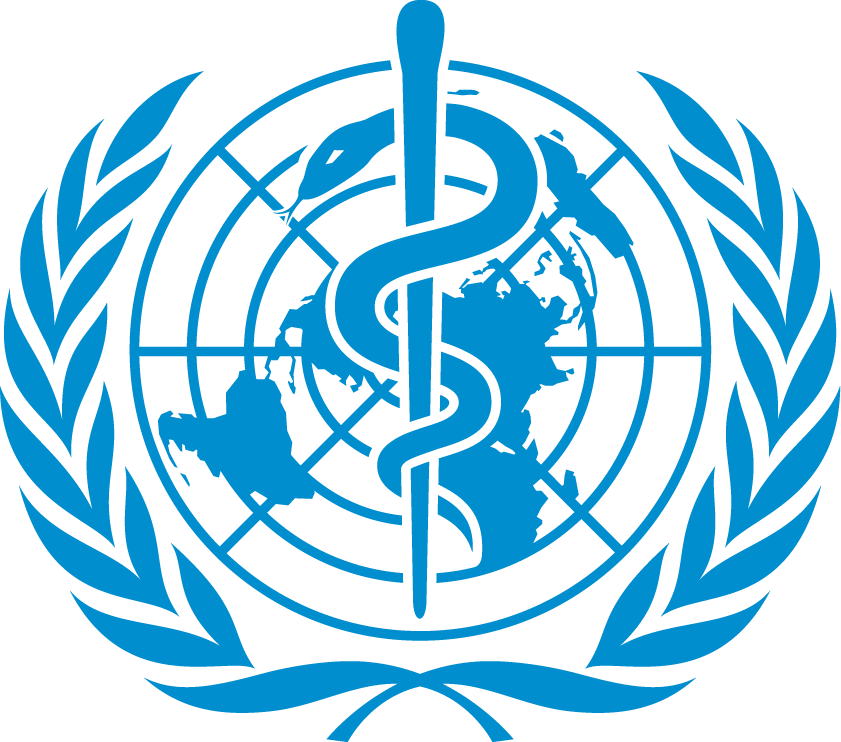
In a recent announcement, the World Health Organization (WHO) has raised concerns about the potential resurgence of smallpox, warning that the highly contagious disease could spread globally once again. This alert comes amid ongoing efforts to manage and control various health crises worldwide.
Background: Smallpox, a devastating infectious disease caused by the variola virus, was officially declared eradicated in 1980 after a successful global vaccination campaign. However, recent developments have prompted health authorities to remain vigilant and prepared for any potential outbreaks.
What is MPox
Mpox (formerly known as monkeypox) is a type of zoonotic viral disease (a virus that spreads from animals to humans). It was first identified in 1958 in monkeys being used for research.1 But monkeys aren’t the only carriers of mpox—other animals, including rodents, can transmit the virus.
Humans can get mpox if an infected animal bites them or they come in contact with an infected animal’s fur or bodily fluids. They can also get it from close contact with an infected person.
The mpox virus is from the same family of viruses that causes smallpox. Many mpox symptoms are similar to smallpox but milder. Mpox is rarely fatal. The most common symptoms of mpox are fever and chills, headache, lethargy, muscle and joint pain, fatigue, swollen lymph nodes, and rash.
Key Points– The World Health Organization
- Surveillance and Monitoring: The World Health Organization emphasizes the importance of heightened surveillance and monitoring to detect any smallpox cases promptly. Early detection is crucial for implementing effective containment measures.
- Global Preparedness: Health organizations and governments worldwide are urged to enhance their preparedness measures, including vaccination campaigns, emergency response protocols, and public awareness initiatives.
- Vaccine Availability: Ensuring an adequate supply of smallpox vaccines is crucial in the event of an outbreak. The World Health Organization encourages countries to maintain stockpiles of vaccines to facilitate a rapid and coordinated response.
- Collaborative Efforts: International collaboration is vital in addressing the potential global spread of smallpox. The World Health Organization calls for united efforts to share information, resources, and expertise to combat the threat collectively.
- Public Awareness: Raising public awareness about smallpox symptoms, preventive measures, and the importance of vaccination is an integral part of the strategy to mitigate the risk of the disease spreading.
Exploring Well-Known Viruses: Essential Information
HIV (Human Immunodeficiency Virus)
- Type: Retrovirus
- Transmission: Sexual contact, blood exposure
- Effects: Attacks the immune system, leading to AIDS
- Prevention: Condom use, antiretroviral therapy
Hepatitis B Virus
- Type: Hepadnavirus
- Transmission: Blood, body fluids
- Effects: Liver inflammation, chronic infection
- Prevention: Vaccination, safe injection practices
Ebola Virus
- Type: Filovirus
- Transmission: Direct contact with bodily fluids
- Effects: Severe hemorrhagic fever
- Prevention: Strict infection control measures
Adenovirus
- Type: DNA virus
- Transmission: Respiratory droplets, fecal-oral route
- Effects: Respiratory, gastrointestinal infections
- Prevention: Hygiene, vaccination in some cases
Influenza Virus
- Type: RNA virus (Orthomyxovirus)
- Transmission: Respiratory droplets
- Effects: Seasonal flu outbreaks
- Prevention: Annual vaccination, hygiene
Rabies Virus
- Type: Rhabdovirus
- Transmission: Animal bites, saliva contact
- Effects: Fatal encephalitis
- Prevention: Post-exposure prophylaxis, animal vaccination
Bacteriophage
- Type: Viruses that infect bacteria
- Effects: Destroy bacterial cells
- Applications: Research, bacterial control
Papillomavirus
- Type: DNA virus
- Effects: Causes warts, linked to cervical cancer
- Prevention: Vaccination, safe practices
Rotavirus
- Type: Reovirus
- Transmission: Fecal-oral route
- Effects: Gastroenteritis, especially in children
- Prevention: Vaccination, hygiene
Herpes Simplex Virus
- Type: DNA virus
- Transmission: Direct contact, sexual contact
- Effects: Cold sores, genital herpes
- Management: Antiviral medications, safe practices
This provides concise information about each virus, covering their types, modes of transmission, effects, and preventive measures.
While the risk of smallpox resurgence is currently deemed low, the World Health Organization proactive stance serves as a reminder of the unpredictable nature of infectious diseases. Global cooperation and preparedness are key elements in safeguarding public health and preventing the reemergence of such formidable threats.